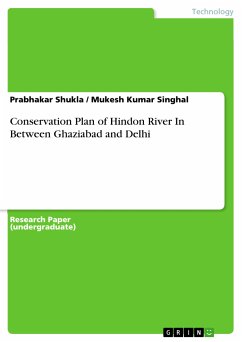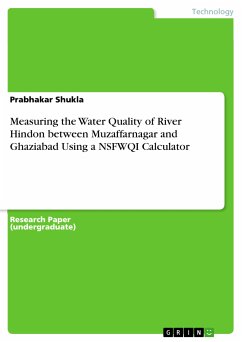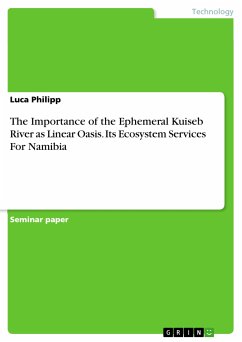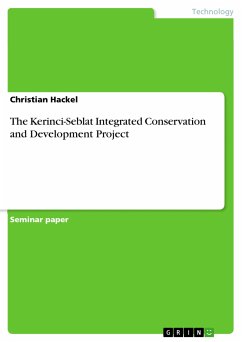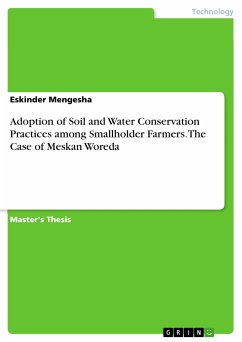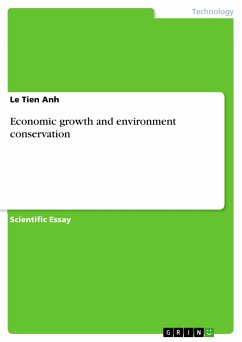Research Paper (undergraduate) from the year 2014 in the subject Environmental Sciences, , course: Env., language: English, abstract: River Hindon, an important tributary of river Yamuna flowing through the districts of Western Uttar Pradesh, is subjected to varying degree of pollution caused by numerous untreated and/or partially treated waste inputs of municipal and industrial effluents. In the present investigation, assessment of the water quality characteristics of different point sources contributing river Hindon has been carried out by collecting water and wastewater samples during pre- and post-monsoon seasons during the year 2013-14. The higher values of BOD and COD observed in the drains indicate high degree of organic pollution rendering the water unsuitable even for bathing purpose. At almost all sites of the upstream and mid-section of the river Hindon, DO was observed to be 0 mg/L because of high organic load in the river water. BOD and COD concentration in river Hindon varies from 110 to 212 mg/L and 410 to 601 mg/L in pre-monsoon season while 83 to 159 mg/L and 292 to 510 mg/L in post-monsoon season respectively. Further water quality of river Hindon has been assessed using water quality index and the quality of river Hindon was observed to be BAD at all site which may be attributed to untreated and/or partially treated waste inputs of municipal and industrial effluents joining the river

